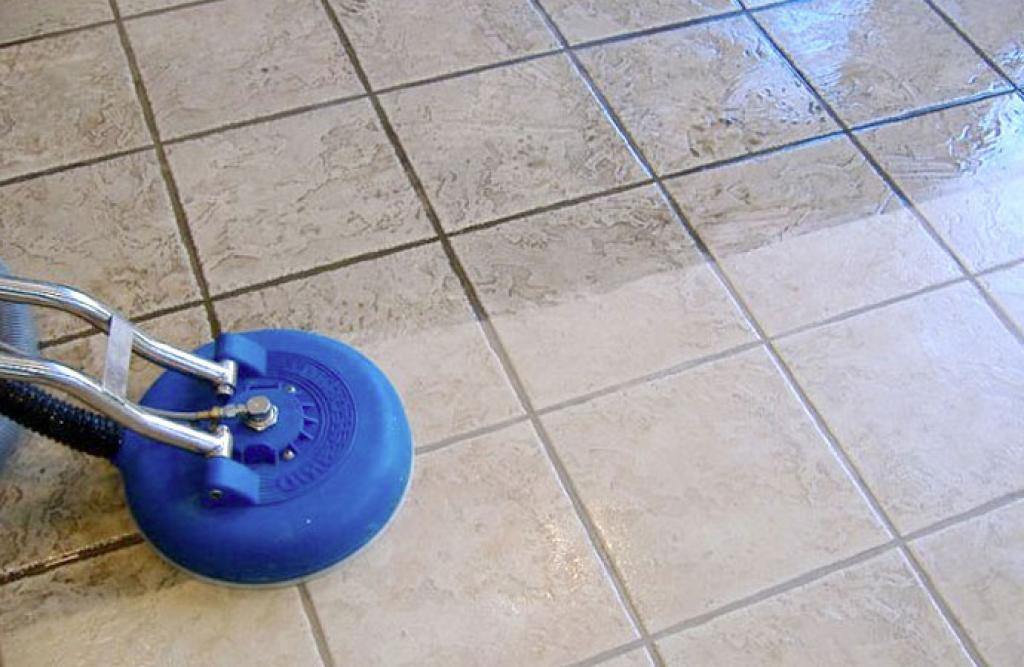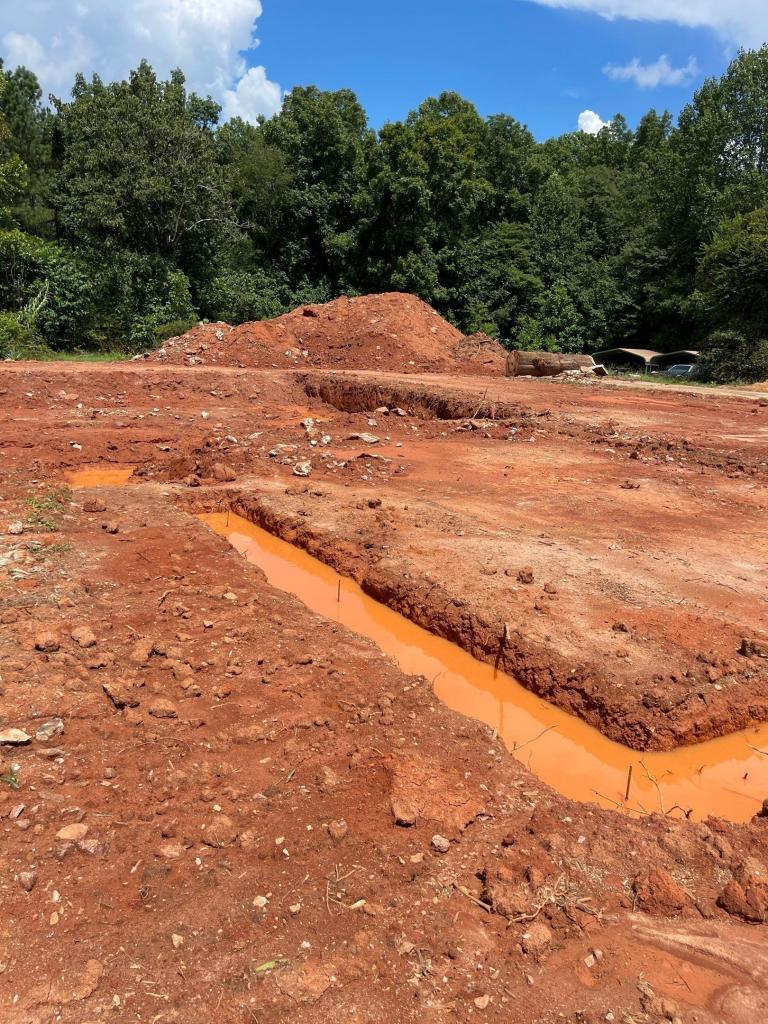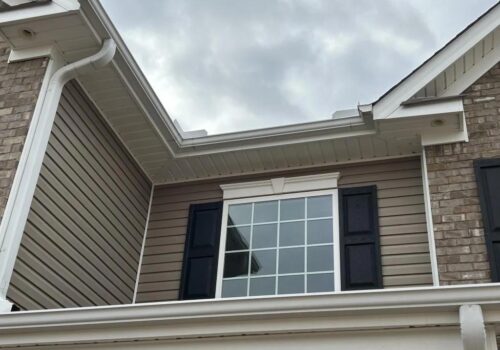Introduction Tile roofs are a popular choice for many homeowners due to their durability and aesthetic appeal. However, like any other roofing material, tile roofs require regular maintenance and repairs to ensure their longevity and functionality. In this article, we will explore the importance of tile roof repair and maintenance, signs of tile roof damage, the repair process for tile roofs, the pros and cons of DIY repairs versus hiring professionals, and preventive measures for tile roof maintenance.  Signs of tile roof damage Whether your tile roof is made of clay, concrete, or slate, there are several common signs of damage that you should be on the lookout for. 1. Cracked or broken tiles: Cracked or broken tiles not only compromise the integrity of your roof but also allow water to seep in, leading to further damage. 2. Leaks or water damage: If you notice water stains or dampness on your ceilings or walls, it could be a sign of a leak in your tile roof. 3. Loose or misplaced tiles: Tiles that have become loose or dislodged from their original position can create gaps in your roof, allowing water and debris to enter. 4. Faded or discolored tiles: Over time, exposure to the elements can cause tiles to fade or change color, indicating the need for replacement. 5. Moss or algae growth: Moisture and damp conditions can promote the growth of moss or algae on your tile roof, which can accelerate deterioration. The repair process for tile roofs When it comes to repairing tile roofs, a systematic approach is essential to ensure a lasting fix. Here is a step-by-step process that professionals follow: 1. Inspection and assessment of the damage: A thorough visual inspection is conducted to identify any visible issues. Tools such as moisture meters may also be used to detect hidden problems. 2. Removing damaged tiles: Cracked or broken tiles are carefully lifted and removed, ensuring that the surrounding tiles are not disturbed. 3. Repairing or replacing underlayment and flashings: The condition and integrity of underlayment and flashings are assessed. Any damaged or deteriorated components are repaired or replaced. 4. Reinstalling or replacing tiles: New tiles are aligned properly and securely fastened with appropriate fasteners. The tiles are sealed to prevent leaks. 5. Checking for any additional issues or needed repairs: Surrounding areas are inspected for potential problems, and any necessary repairs or maintenance are addressed. DIY vs. Professional tile roof repair While some homeowners may opt for DIY repairs to save costs, it's important to consider the pros and cons before taking on the task yourself. Pros of DIY repairs include cost savings and the satisfaction of completing the project on your own. However, there are also cons to consider, such as the difficulty of the task and potential safety risks involved. Additionally, the quality of the repair may not be up to professional standards. On the other hand, hiring professional tile roof repair services offers several benefits. Professionals have the expertise and experience to handle repairs effectively, and they come equipped with the proper tools and equipment. Many professional services also offer a warranty or guarantee on their workmanship, providing peace of mind. Preventive measures for tile roof maintenance To ensure the longevity of your tile roof, preventive maintenance is crucial. Here are some measures you can take: 1. Regular roof inspections: Schedule regular inspections to identify any potential issues before they escalate. 2. Clearing debris and leaves from the roof: Regularly remove leaves, branches, and other debris that can accumulate on your roof and cause damage. 3. Cleaning and removing moss or algae growth: If you notice moss or algae growth on your tiles, clean and remove it promptly to prevent further deterioration. 4. Promptly addressing minor issues: Don't neglect minor problems, such as cracked tiles or loose flashings, as they can lead to more significant damage if left unattended. 5. Professional maintenance and tune-up services: Consider hiring professionals for regular maintenance and tune-up services to ensure your tile roof remains in optimal condition. Conclusion Regular maintenance and repairs are vital for the longevity and functionality of tile roofs. By regularly inspecting your roof, addressing minor issues promptly, and hiring professional help when needed, you can ensure that your tile roof lasts for years to come. Taking preventive measures and prioritizing professional repairs will not only save you money in the long run but also provide peace of mind knowing that your home is well-protected. Seek professional assistance or advice whenever necessary to ensure the best results for your tile roof.
Signs of tile roof damage Whether your tile roof is made of clay, concrete, or slate, there are several common signs of damage that you should be on the lookout for. 1. Cracked or broken tiles: Cracked or broken tiles not only compromise the integrity of your roof but also allow water to seep in, leading to further damage. 2. Leaks or water damage: If you notice water stains or dampness on your ceilings or walls, it could be a sign of a leak in your tile roof. 3. Loose or misplaced tiles: Tiles that have become loose or dislodged from their original position can create gaps in your roof, allowing water and debris to enter. 4. Faded or discolored tiles: Over time, exposure to the elements can cause tiles to fade or change color, indicating the need for replacement. 5. Moss or algae growth: Moisture and damp conditions can promote the growth of moss or algae on your tile roof, which can accelerate deterioration. The repair process for tile roofs When it comes to repairing tile roofs, a systematic approach is essential to ensure a lasting fix. Here is a step-by-step process that professionals follow: 1. Inspection and assessment of the damage: A thorough visual inspection is conducted to identify any visible issues. Tools such as moisture meters may also be used to detect hidden problems. 2. Removing damaged tiles: Cracked or broken tiles are carefully lifted and removed, ensuring that the surrounding tiles are not disturbed. 3. Repairing or replacing underlayment and flashings: The condition and integrity of underlayment and flashings are assessed. Any damaged or deteriorated components are repaired or replaced. 4. Reinstalling or replacing tiles: New tiles are aligned properly and securely fastened with appropriate fasteners. The tiles are sealed to prevent leaks. 5. Checking for any additional issues or needed repairs: Surrounding areas are inspected for potential problems, and any necessary repairs or maintenance are addressed. DIY vs. Professional tile roof repair While some homeowners may opt for DIY repairs to save costs, it's important to consider the pros and cons before taking on the task yourself. Pros of DIY repairs include cost savings and the satisfaction of completing the project on your own. However, there are also cons to consider, such as the difficulty of the task and potential safety risks involved. Additionally, the quality of the repair may not be up to professional standards. On the other hand, hiring professional tile roof repair services offers several benefits. Professionals have the expertise and experience to handle repairs effectively, and they come equipped with the proper tools and equipment. Many professional services also offer a warranty or guarantee on their workmanship, providing peace of mind. Preventive measures for tile roof maintenance To ensure the longevity of your tile roof, preventive maintenance is crucial. Here are some measures you can take: 1. Regular roof inspections: Schedule regular inspections to identify any potential issues before they escalate. 2. Clearing debris and leaves from the roof: Regularly remove leaves, branches, and other debris that can accumulate on your roof and cause damage. 3. Cleaning and removing moss or algae growth: If you notice moss or algae growth on your tiles, clean and remove it promptly to prevent further deterioration. 4. Promptly addressing minor issues: Don't neglect minor problems, such as cracked tiles or loose flashings, as they can lead to more significant damage if left unattended. 5. Professional maintenance and tune-up services: Consider hiring professionals for regular maintenance and tune-up services to ensure your tile roof remains in optimal condition. Conclusion Regular maintenance and repairs are vital for the longevity and functionality of tile roofs. By regularly inspecting your roof, addressing minor issues promptly, and hiring professional help when needed, you can ensure that your tile roof lasts for years to come. Taking preventive measures and prioritizing professional repairs will not only save you money in the long run but also provide peace of mind knowing that your home is well-protected. Seek professional assistance or advice whenever necessary to ensure the best results for your tile roof.






Comments: